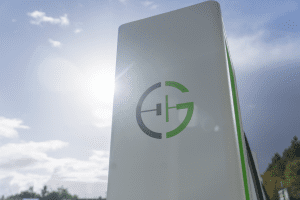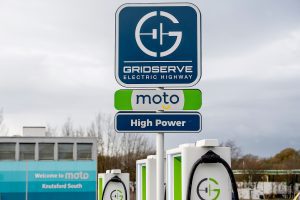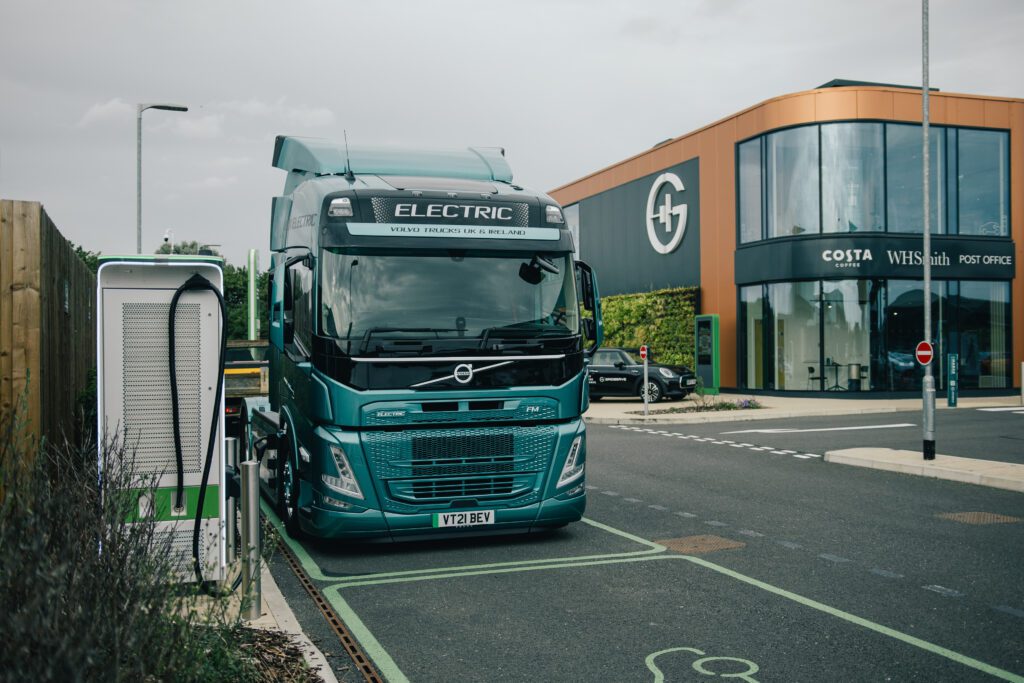

GRIDSERVE may be delivering the electric Heavy Goods Vehicle (eHGV) charging facilities for the Electric Freightway project, but we’re going to need plenty of test trucks to help us get out of the laboratory and start data capturing in the real world. Fortunately, we’re delighted to have Volvo Trucks as a consortium member.
Why choose Volvo Trucks?
The Volvo Group – separate to Volvo Cars – is fully committed to the decarbonisation of transport and is already providing fossil free solutions for its customers and its own operations. The company remains technology agnostic, but it has manufactured a range of fully-electric buses, construction equipment (some of which we already use in our construction) and electric trucks for customers across the globe.
In fact, the Swedish company now boasts an electric equivalent for each of its diesel-powered medium and heavy duty trucks, making it the perfect partner for Electric Freightway, testing a variety of use cases carrying anything from 16- to 44-tonnes.
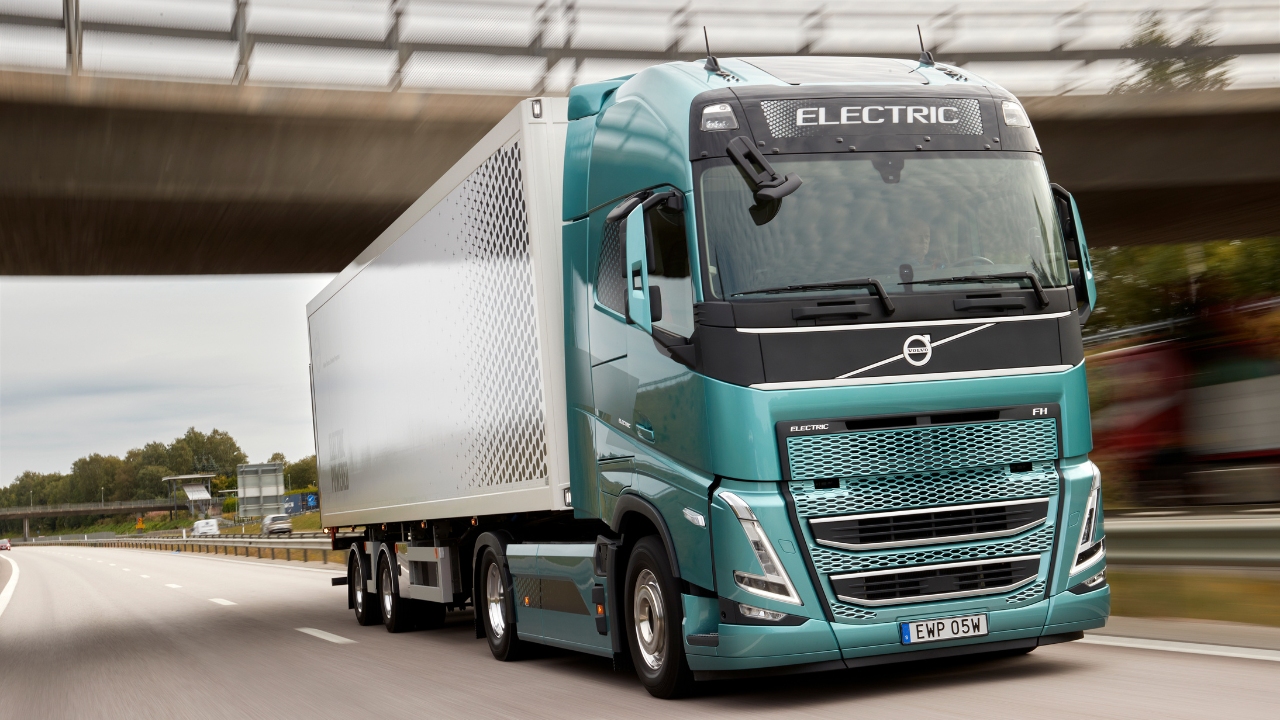
Additionally, Volvo Group already has a joint venture with Daimler Truck and TRATON GROUP to roll out Europe’s first large-scale public charging network for heavy-duty trucks and coaches. Known as Milence, the eHGV charging network will initially focus on installing 1700 charge points across key locations in the Netherlands, Germany, France, Belgium, Spain, Italy, Norway, and Sweden, so Project Electric Freightway could further support and enhance this initiative.
This Volvo FM truck looks pretty cool
It sure does. The FM Electric pictured at Braintree Electric Forecourt® hauls up to 42 tonnes (using the new allowance) and is used by a number of big companies including DHL. This is known as a ‘4×2’ (four wheels, driven by two wheels) but you can also have a ‘6×2’ to extend the carrying capacity to 44 tonnes.
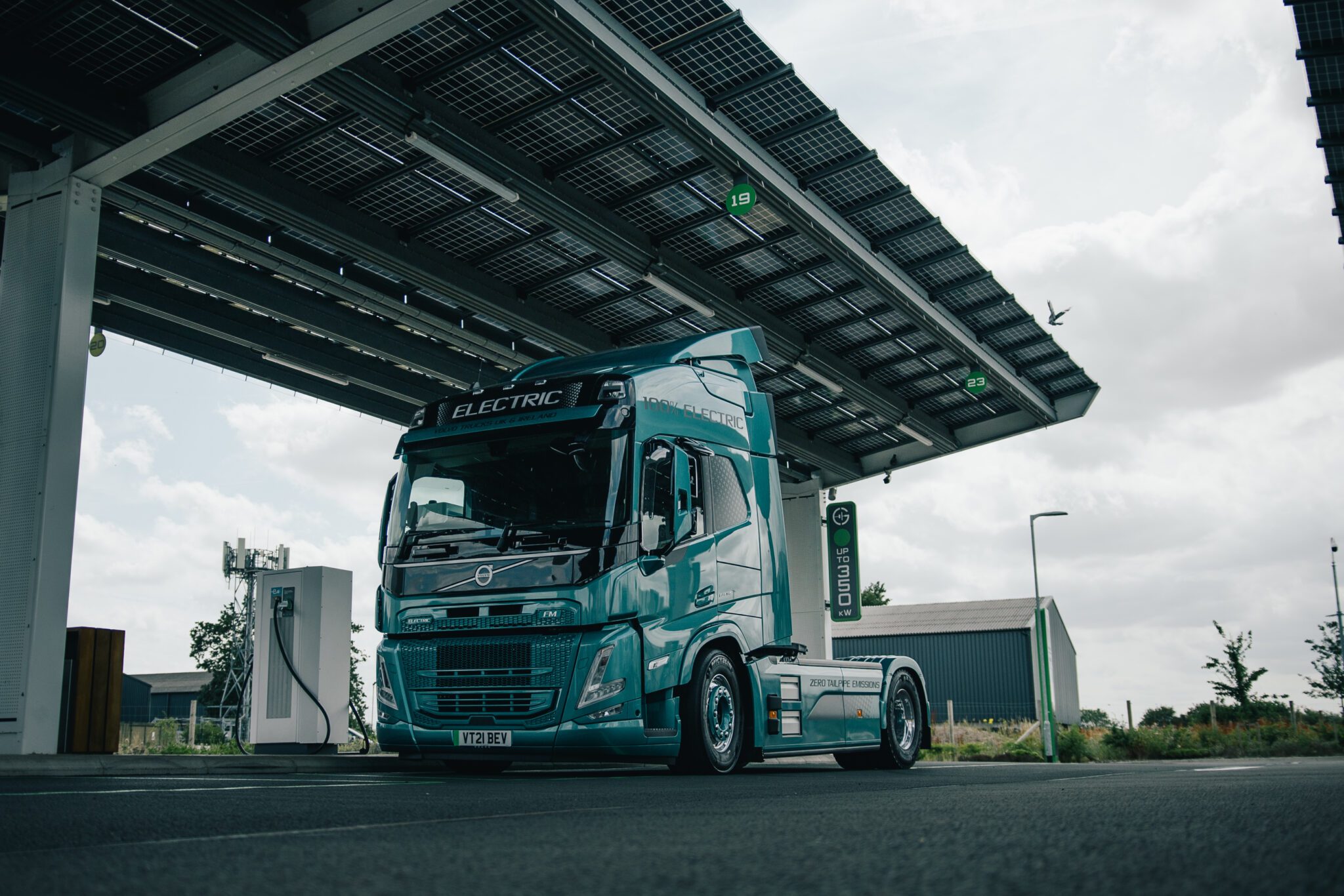
Three electric motors combine to develop the equivalent of 644bhp and you can expect around 190 miles of range, 250kW-capable DC charging (meaning a full battery in under a couple of hours) and 43kW AC charging (for a 10-hour overnight charge at the depot).
Batteries aside, the FM has plenty of technical innovation going on with slippery aerofoils wrapping air around the blunt nose and joins between cab and trailer. The side impact detection system also features front and rear radar, monitoring traffic 7m ahead and 30m behind.
“The average length of haul for GB-registered HGVs is just over 100 kilometres (62 miles), while 45% of all goods moved by road in Europe travels less than 300km (186 miles),” explains Martin Kearns, Head of Electric Sales Development for Volvo Trucks UK and Ireland (pictured below). “This is well within the range that both our medium and heavy duty electric trucks can achieve today on a single charge, so we’re well positioned for an electric future.”
What do truck drivers and logistics companies need to electrify?
We know Heavy Goods Vehicles (HGVs) are disproportionately responsible for 19% of transport sector emissions[1], so how do we get the industry to embrace the electric future at speed and scale? “Swapping diesel fleets for electric is not going to be a like-for-like comparison,” explains Kearns. “In the past, the industry has always over-specified its truck’s capacity for greater flexibility, which is why you’ll often see 6x2s being used where there is no requirement. The modularity and cost associated with eHGV batteries means that operators will need to consider their intended use more carefully.”
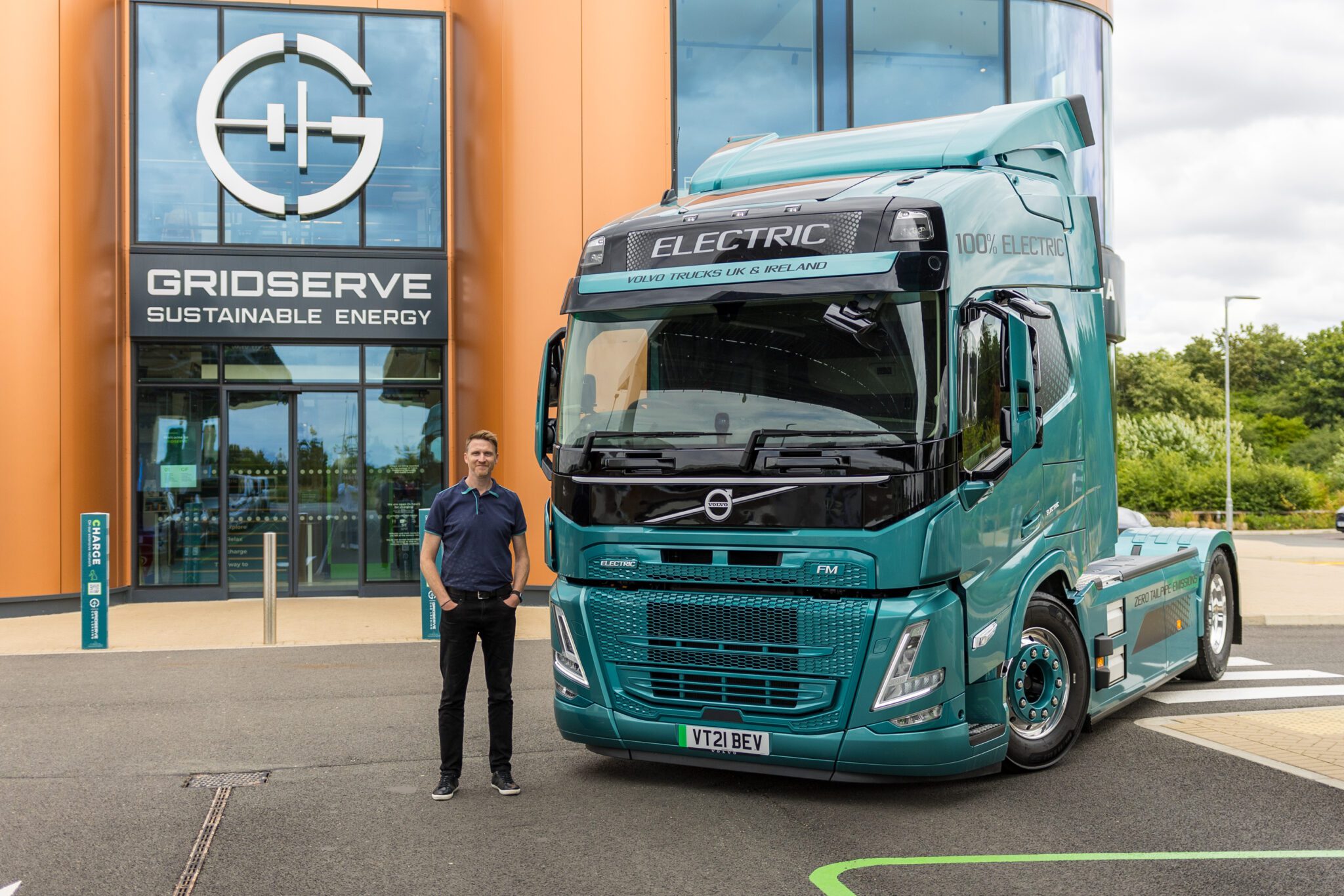
Haulage companies are open to decarbonising their fleets, but before investing, they’ll need to see evidence of a fast, reliable and safe EV charging network that covers the country, as well as an improved experience for all drivers. Our aim with the Electric Forecourt® was to make the refuelling experience for car drivers fundamentally better than filling with petrol or diesel, so we will need to have the same consideration for the haulage industry – particularly in those depots that support overnight charging.
Kearns adds there will be more need for better route planning and route analysis, which GRIDSERVE will be able to support, as well as much more emphasis on driver training. “Our data has already shown that driver performance can impact the range of a truck between 20%-30%,” he says.
More than 90% of the vehicles involved in the first stages of our Electric Freightway project will be back-to-base, so our focus in the first year will be on installing depot and en route eHGV charging.
